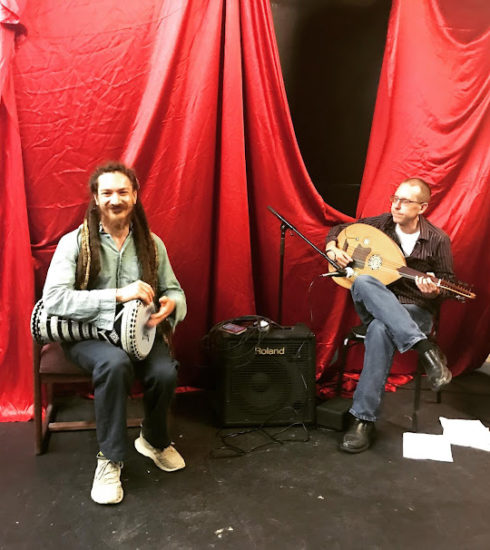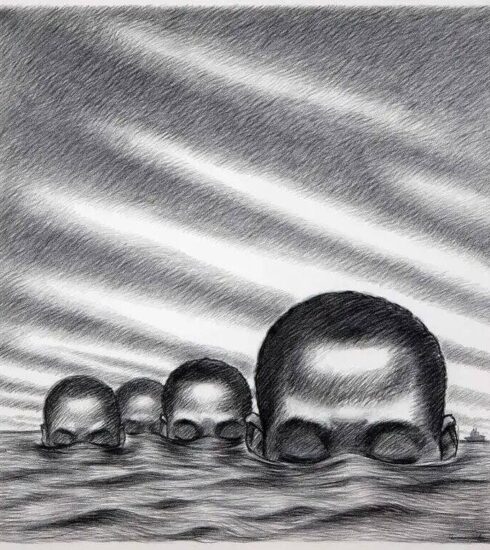Saartjie (Sara) Baartman, born in South Africa in late 1789, was one of the first black women known to be subjugated to human sex trafficking. She was derisively named the “Hottentot Venus” by Europeans as her body would be publicly examined and exposed inhumanly throughout the duration of her young life.
Baartman was born in the Gamtoos Valley, now the Eastern Cape Province of South Africa. She was a member of the Khoikhoi, a group of indigenous people who lived in the region. As a young woman, Baartman was taken from her home by a British ship’s doctor, William Dunlop, who promised her work as a servant in Cape Town. Dunlop however in collaboration with two wealthy Dutch traders and brothers Pieter Willem Cezar and Hendrik Cezar reneged on the promise of work for Baartman and was instead taken to England and exhibited as a sideshow attraction under the name “Hottentot Venus.”
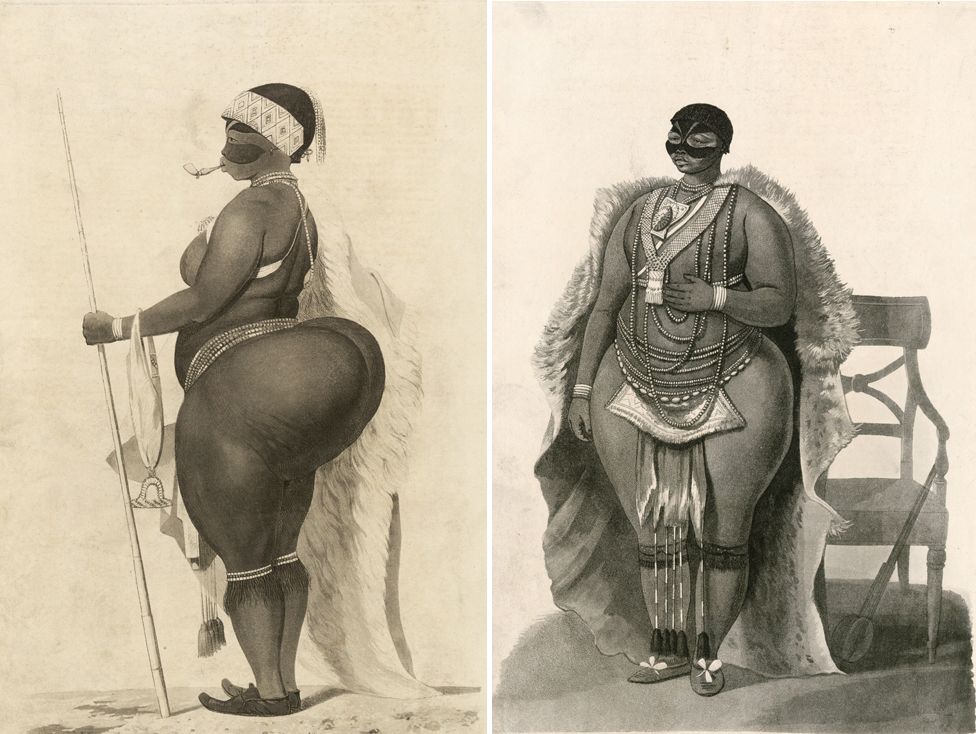
Baartman’s large buttocks and elongated labia were considered unusual and exotic, and she was put on display in London and Paris, where people paid to gawk at her. She was also made to perform various tricks, such as dancing and singing, to entertain spectators. Baartman was treated poorly during this time and was not paid for her performances.
Her experience and treatment reinforced the already existing and extremely negative sexual fascination with African women’s bodies by the people of Europe.
On October 29, 1810, although she could not read, 21-year-old Baartman supposedly signed a contract with William Dunlop. This contract required her to travel with the Cezar brothers and Dunlop to England and Ireland where she would work as a domestic servant since technically slavery had been abolished in Great Britain. Additionally, she would be exhibited for entertainment purposes. Baartman would receive a portion of earnings from her exhibitions and be allowed to return to South Africa after five years. However, the contract was false in all details and her enslavement continued for her life.
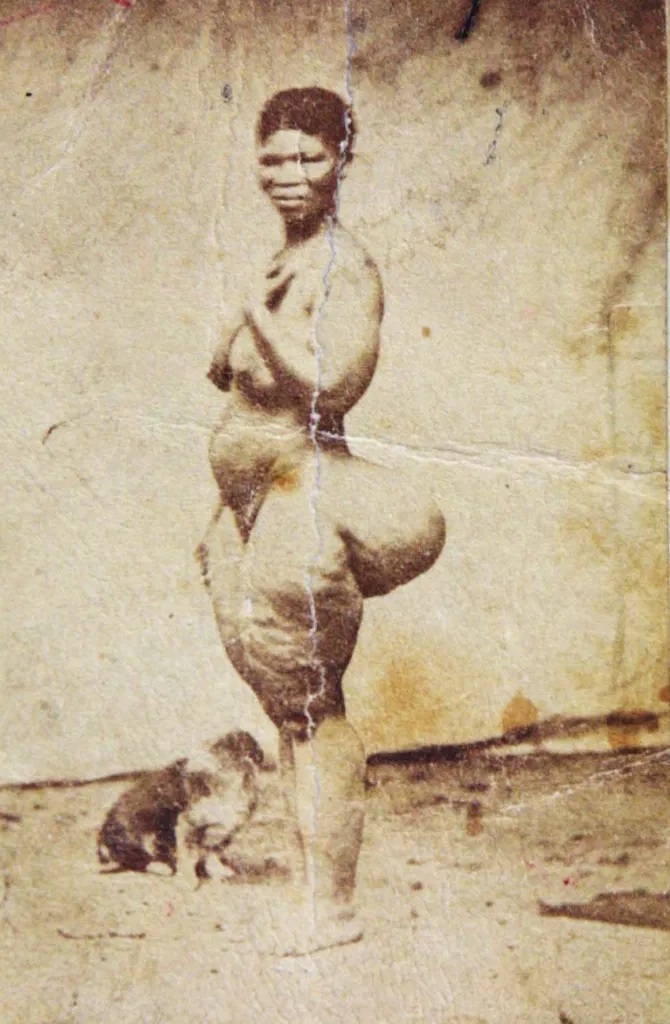
Baartman was first exhibited in London in the Egyptian Hall at Piccadilly Circus on November 24, 1810. Her public treatment, however, quickly drew the attention of British abolitionists who charged Dunlop and the Cezars with holding Baartman against her will. The court ruled against Baartman after Pieter Cezar produced the contract that Baartman had signed. Baartman also testified that she was not being mistreated.
In September 1814, after staying four years in Great Britain, Baartman was taken to France and sold to S. Reaux, an exhibitor who showcased animals. He put Baartman on public display in and around Paris, often at the Palais Royal. He also allowed her to be sexually abused by patrons willing to pay to defile her. Reaux garnered considerable profit due to the public’s fascination with Baartman’s body.
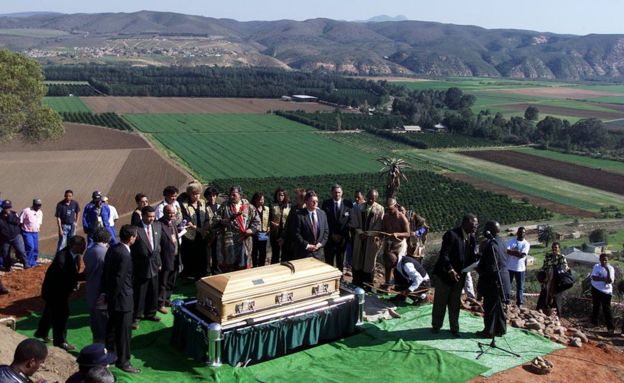
Sara Saartjie Baartman died of syphilis in Paris on December 29, 1815, at the age of 26. Even after her death, many of her body parts would go on display at the Musée de l’Homme (Museum of Man), in Paris to support racist theories about people of African ancestry. The Musée de l’Homme took a lot for her body, removed her skeleton, and pickled her brain and genitals in jars. Some of the body parts remained on display until late 1985.
The South African government led by President Nelson Mandela spent years negotiating for the release of Sara Baartman’s remains. On March 6, 2002, her remains were returned and buried at Hankey in the Eastern Cape Province, where she was born.
Baartman’s story is tragic and serves as a reminder of the exploitation and mistreatment people of color have endured throughout history.
